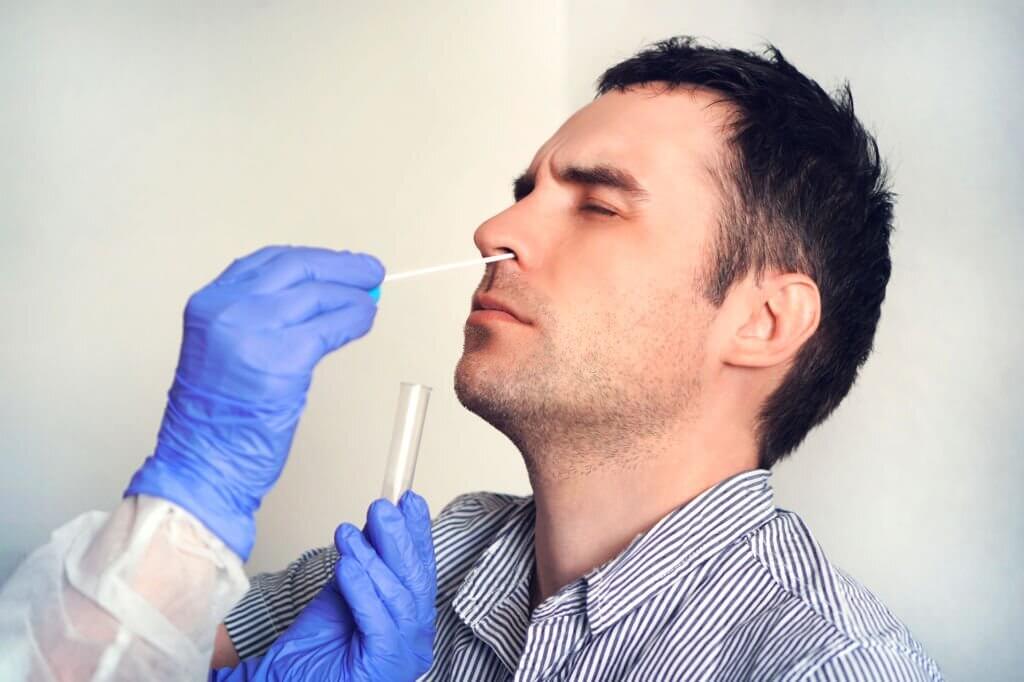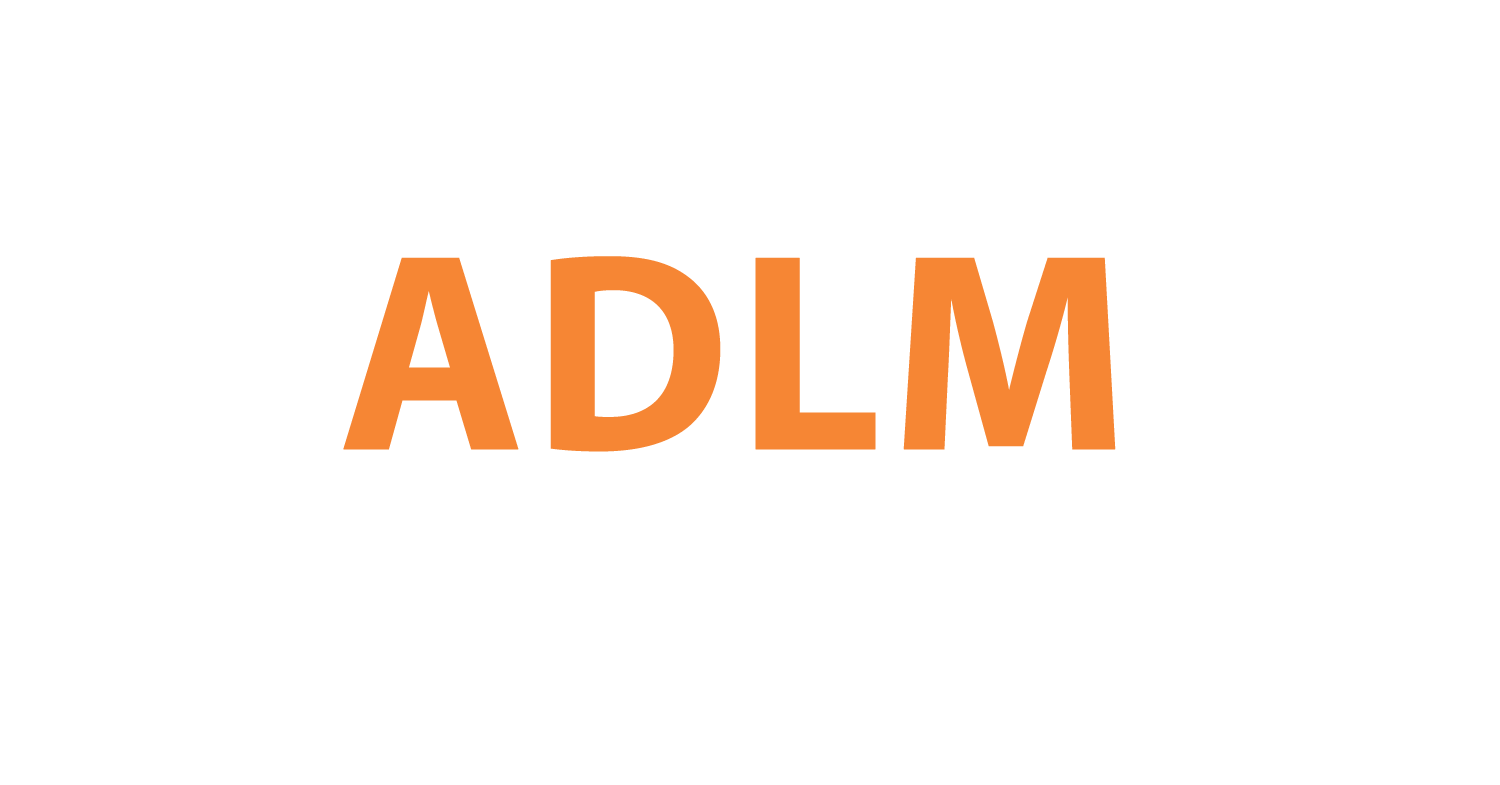Everything You Need To Know About NP Swabs

What are NP swabs?
Nasopharyngeal (NP) swabs are medical devices used to collect samples from the nasopharynx, the upper part of the throat behind the nose, for diagnostic testing. They consist of a long, thin, flexible shaft with a soft tip that can absorb secretions. NP swabs are inserted through the nostrils and rotated at the back of the nasopharynx to collect cell samples. The sample is then analyzed in a lab to detect respiratory infections like COVID-19, influenza, RSV, pertussis, and more. Compared to other respiratory sample types like nasal, throat, saliva, or sputum samples, NP swabs are considered the optimal specimen for detecting many respiratory pathogens.
Why are NP swabs the preferred sample type for respiratory pathogen testing?
NP swabs are often considered the "gold standard" for respiratory virus testing because the nasopharynx harbors high viral loads during infection. Studies have found NP swabs contain greater concentrations of pathogens like SARS-CoV-2 compared to other sample types. One study found SARS-CoV-2 viral loads were over 10 times higher in NP swabs than nasal swabs. The rich cellular composition of NP samples is also beneficial for pathogen detection. Furthermore, NP swabs allow collection of sputum from the post-nasal space, providing more biomarkers. Finally, the swabbing technique mechanically loosens and collects infectious mucus directly from the infection site. For these reasons, NP swabbing provides optimal diagnostic sensitivity and is recommended for testing of viruses like influenza, RSV, SARS-CoV-2, and more.
What is the proper NP swab collection technique?
Correct NP swab technique is critical for collecting a quality sample and preventing complications. The steps include: assembling supplies, checking expirations, performing hand hygiene, donning PPE, positioning the patient with head tilted back, measuring the depth to insert the swab, gently inserting the swab into the nostril along the floor of the nasal passage, advancing the swab until reaching the nasopharynx (about halfway to the ear), rotating the swab gently, withdrawing the swab, placing it into transport medium, breaking off the protruding shaft, securing the container lid, labeling properly, and transporting to the lab promptly under refrigeration. The provider may sample one or both nostrils. It is vital the swab reaches the nasopharynx and absorbs secretions to obtain a sufficient specimen.
Why does proper technique matter?
Proper NP swab technique impacts specimen quality, patient safety, and test accuracy. Inserting the swab along the inferior nasal passage reduces discomfort and avoids sensitive areas like the nasal sill and turbinates. Rotating the swab collects more material and cells for analysis. Depth of insertion to reach the nasopharynx ensures collection of the pathogen-rich area. An inadequate insertion depth is a common cause of false negative results. Breaking off the swab shaft allows the lid to seal to avoid leakage and contamination. Prompt refrigerated transport preserves the sample. Overall, proper technique maximizes the diagnostic sensitivity. Poor technique risks insufficient sampling, complications like bleeding, or false test results. NP swab training and competency assessment ensures correct collection.
What are the complications and risks of NP swabs?
NP swabbing is generally safe when performed by trained personnel, but some risks include discomfort, gagging, epistaxis (nosebleed), syncope (fainting), or broken swab shaft requiring retrieval. Discomfort is common given the swab reaches the sensitive nasopharynx but serious risks are very rare (<1% incidence). Using appropriate PPE and technique minimizes risks. Contraindications include unstable spine/neck injury, nasal obstruction, thrombosis, coagulopathy, and platelets <50k. Alternate sampling like nasal swab may be preferred in high-risk groups like pediatric patients. Overall, complications are uncommon with proper PPE, technique, patient instructions, and appropriate personnel training.
What are key aspects of analyzing NP swabs?
NP swabs are most often analyzed by nucleic acid amplification tests (NAATs) like real-time polymerase chain reaction (RT-PCR) assays. These molecular methods offer high sensitivity and specificity for respiratory pathogen detection. The NP sample is placed into viral transport medium to stabilize RNA/DNA. RT-PCR then amplifies and detects specific gene targets of the suspected pathogen like SARS-CoV-2. Multiple gene regions can be targeted. Proper handling, transport temperature, and use of appropriate swabs/media impact molecular testing accuracy. Other methods like rapid antigen detection, viral culture, and Gram stain are sometimes utilized. Quality swab collection technique and appropriate lab analysis methods optimize diagnostic yield from NP swabbing.
What are the limitations and disadvantages of NP swabs?
While NP swabs are the gold standard respiratory specimen, there are some limitations. Patient discomfort and inadequate sampling are the main disadvantages. Discomfort may cause patients to decline the test or impact future healthcare seeking behavior. Young children often require restraint to collect an adequate sample. Self-collection is not feasible. Furthermore, incorrect swabbing technique leads to insufficient sampling and false negatives. Other limitations are the need for trained providers, costs of swabs/transport media/PPE, and infection risks to providers. Finally, NAAT supplies shortages early in the COVID-19 pandemic restricted NP swab testing capacity. Weighing these limitations with the enhanced sensitivity of NP swabs is important.
When are alternative specimens acceptable?
Alternative specimens beyond NP swabs may be acceptable in certain situations. Nasal swabs are a common substitute given the easier self-collection and greater comfort, despite slightly lower respiratory pathogen sensitivity. Combined nasal/throat swabs are also reasonable alternatives, and oral fluids like saliva have shown promise for SARS-CoV-2 detection. Lower respiratory tract samples like sputum or bronchoalveolar lavage increase sensitivity but are more invasive. In patients where NP swabbing is contraindicated or not tolerated, alternative sampling may be warranted. However, NP swabs remain the overall preferred method. Specimens should be handled properly to avoid false results.
Are self-collected specimens as effective as provider-collected NP swabs?
Self-collected specimens like nasal swabs are easier and minimize provider exposure risks but generally have lower sensitivity than provider-collected NP swabs. However, some data suggests high-quality self-collected nasal swabs approach NP sensitivity when viral loads are high. One study found 91% sensitivity of self-collected nasal swabs for SARS-CoV-2 if PCR cycle thresholds were <30. So although self-sampling is not equivalent to provider NP swabs, it can serve as an acceptable alternative when performed properly and when clinical suspicion is high. Self-sampling also expands testing access and capacity. Regulators have authorized several home COVID-19 tests using self-collected nasal specimens.
What are key learnings from the COVID-19 pandemic regarding NP swabs?
The COVID-19 pandemic highlighted the importance of NP swab sensitivity for diagnosis of respiratory infections. Their global demand strained manufacturing capacity. Shortages required restricting use and finding alternative specimens. Nasal and saliva sampling helped expand access but may have contributed to lower reported sensitivity of some tests. The crisis reinforced proper provider PPE and technique when collecting NP swabs to limit infection risks. Self-collected specimens enabled home testing but underscored appropriate instruction for patients. Pandemic data affirmed NP swabs as the most sensitive specimen type for SARS-CoV-2 detection, particularly early in infection when viral loads peak in the nasopharynx. Their optimal sensitivity must be balanced with patient acceptability and access considerations.
How might NP swab collection evolve in the future?
Looking forward, research is underway on less invasive NP swab methods. 3D-printed swabs customized to an individual's nasal anatomy may maximize sampling from the nasopharynx while minimizing discomfort. Novel swab materials like thermoplastic elastomers could bend during insertion then regain shape in the nasopharynx to improve comfort and tolerability. Computational fluid dynamics models simulating NP airflow and droplet dispersion can inform improved swab design. Smart swab handles with sensors could provide feedback on technique and sample adequacy. Overall, NP swab technology enhancements may continue optimizing sampling while addressing patient acceptability challenges.
In summary, key NP swab takeaways include:
-
- NP swabs are the gold standard for detecting many respiratory pathogens due to high sensitivity.
-
- Proper patient positioning, insertion technique, and quality control are critical.
-
- Provider training and competency assessments help ensure correct technique.
-
- Patient discomfort remains a drawback requiring consideration of alternative specimens when appropriate.
-
- Self-collected alternatives like nasal swabs facilitate access but reduce sensitivity.
-
- Continued NP swab innovations may help overcome current limitations.
-
- When used correctly, NP swabs provide optimal respiratory pathogen detection.
Click to View → Mantacc NP Swabs, Mantacc 96000A NP Swab
References
-
1. Francisco M. Marty, M.D., Kaiwen Chen, B.S., and Kelly A. Verrill, R.N., How to Obtain a Nasopharyngeal Swab Specimen, N Engl J Med 2020; 382:e76, DOI: 10.1056/NEJMvcm2010260.
-
2. Pondaven-Letourmy S, Alvin F, Boumghit Y, Simon F. How to perform a nasopharyngeal swab in adults and children in the COVID-19 era. Eur Ann Otorhinolaryngol Head Neck Dis. 2020 Sep;137(4):325-327. doi: 10.1016/j.anorl.2020.06.001. Epub 2020 Jun 5. PMID: 32646750; PMCID: PMC7274641.
-
3. Nasopharyngeal culture
Related Posts
How to Obtain a Nasopharyngeal Swab Specimen
Nasopharyngeal Swab vs Oropharyngeal Swab: Which is Better In Specimen Collection?
Patient Experiences with NP Swabs









